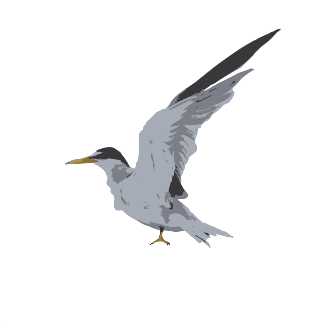Best Time to Visit This Site:
Year-round
Most Sought Species at This Site:
Swallow-tailed Kite, Mississippi Kite, Chuck-will’s-widow, Acadian Flycatcher, Brown-headed Nuthatch, Sedge Wren, Prothonotary Warbler, Swainson’s Warbler, Le Conte’s Sparrow, Painted Bunting
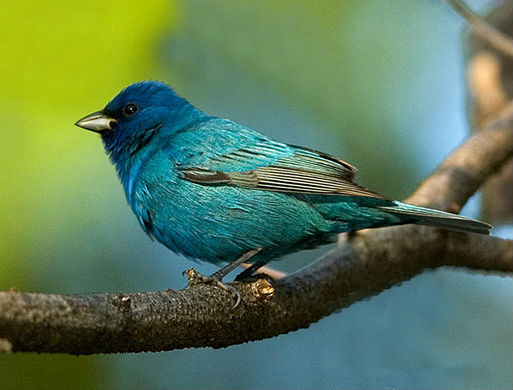
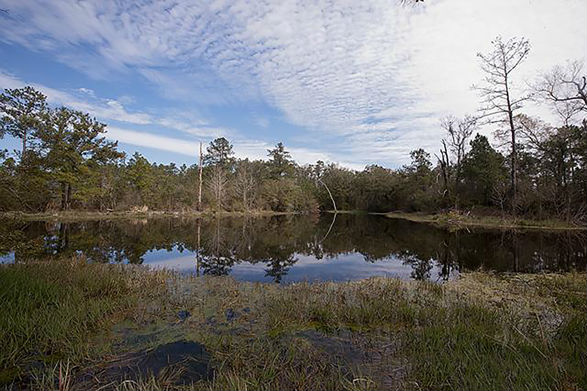
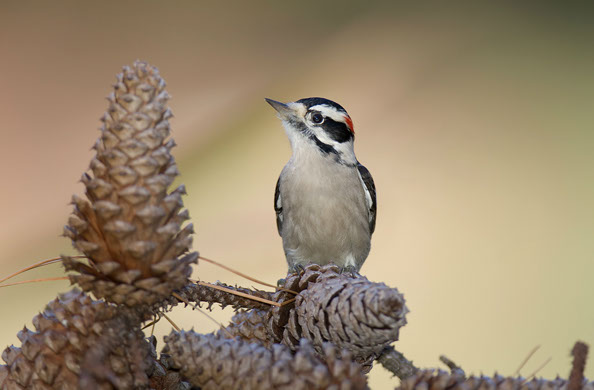
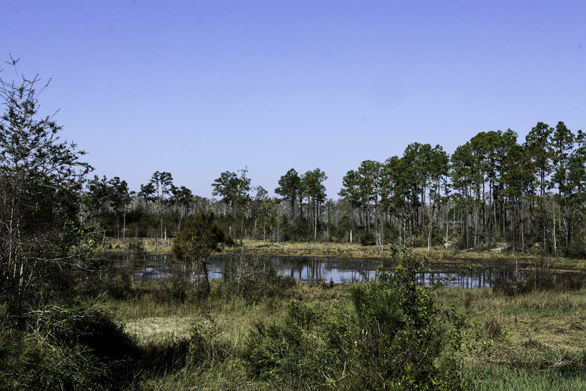

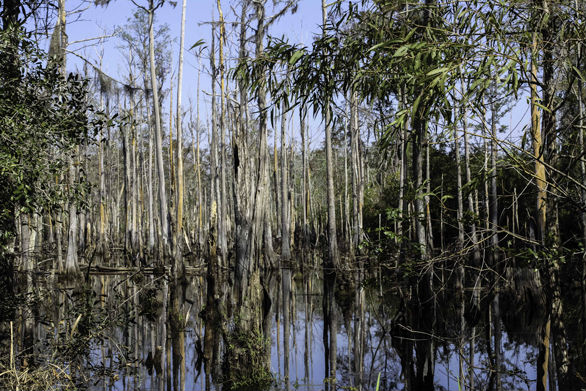
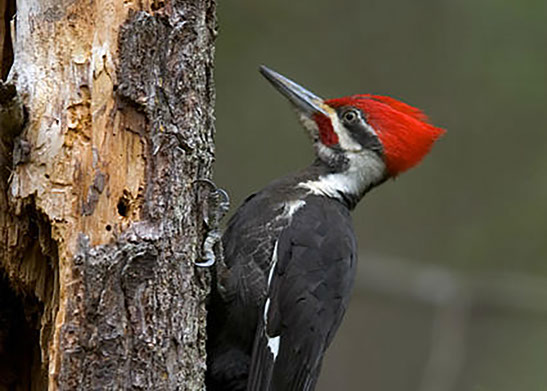

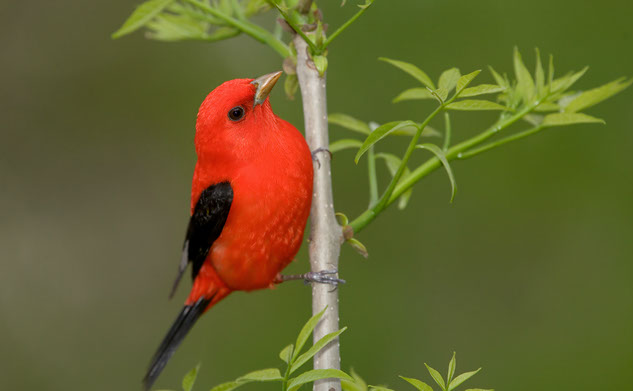
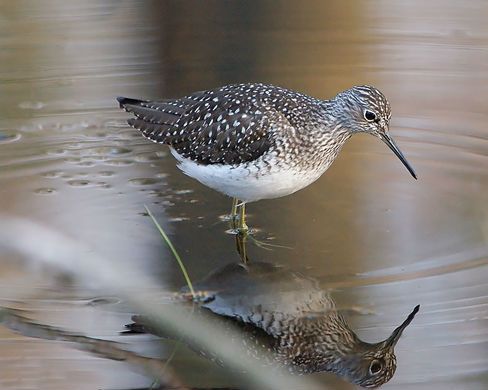
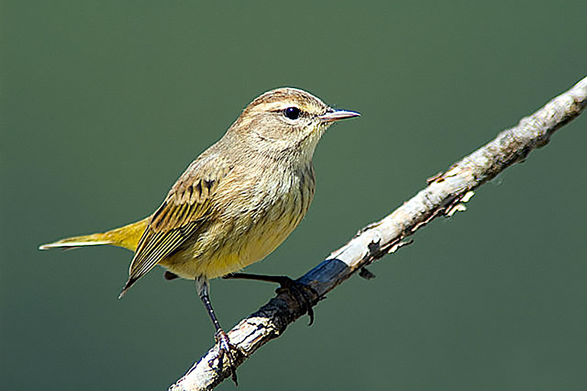
Robert Smith
Robert Smith
W.H. Majoros
Mozart Mark Dedeaux
Robert Smith
Mozart Mark Dedeaux
Kristin Smith
W.H. Majoros
W.H. Majoros
Larry Bond
Robert Smith
This historic town site on the Pearl River (informally known as Spence’s Woods, in honor of the birder who first investigated it) now lies entirely within the buffer zone of the Stennis Space Center in which permanent buildings and human occupancy, including overnight camping, are not permitted. Basic habitat is bottomland hardwood forest in the vicinity of the river bordered by mixed hardwood further westward and isolated cypress swamps. Disturbance factors include regenerating clear-cuts, old building sites and a few flooded borrow pits from old sand/gravel excavations. Much of the area is still privately owned or of restricted access. Obey all postings. In breeding season watch for Hairy Woodpecker, Eastern Wood-pewee, Brown-headed Nuthatch, Pine Warbler, Yellow-breasted Chat and Blue Grosbeak along any of the three approach roads from Highway 607. A few Prairie Warblers still occur here but most of the clear-cuts that first attracted them are now too overgrown. Acadian Flycatcher, Prothonotary Warbler and Hooded Warbler are common in the wooded swampy areas; watch also for Swainson’s Warbler near stands of cane and Yellow-throated Warbler in the mature Bald Cypress.
Both Swallow-tailed and Mississippi Kites are regular overhead, as are soaring Anhingas and small flocks of White Ibis. The boat landing is a good scanning spot. The flooded excavations normally attract a few herons and during migration are a good spot for Solitary Sandpiper. The winter scene is dominated by roving flocks of permanent residents mixed with visitors like Brown Creeper and Golden-crowned Kinglet. Flocks in which Carolina chickadees form the nucleus are generally more diverse than those centered around Yellow-rumped Warblers. In spring, concentrations of migrants are very much a function of weather patterns with marked peaks and lulls. Fall migration tends to a more steady, but less spectacular flow. Hunting is allowed in this area. For your own safety, wear highly visible blaze orange hunting clothes during hunting seasons. Information on hunting seasons can be found by clicking on the Hunting icon to the right.

Website -Mozart Mark Dedeaux
Birding Ethics
Contact Us
Website Feedback
New Trail Nomination
Updated: 9/17/2013
